Building productive team habits takes time and effort. Anything you can do to increase engagement and reduce repetition will significantly increase your team’s effectiveness when getting work done.
That’s where the digital IKEA effect comes into play. When your team interacts with a new tool or workflow on a more direct level, they’ll inherently find it more valuable. The secret is for your team to get hands-on experience early in the workflow creation process, as it leads to faster adoption, increased investment, and stickier engagement over time.
With Taskade, encouraging your team to build and customize their personal workflows ensures that every member of the team is able to work in a way that’s best for their own productivity. Shared workflows can also contribute to creating a well-defined, repeatable process that is optimized to organize information, complete tasks, and save time for your team.
When you’re managing a distributed team, anything you can do to make your team collaborate more effectively and frictionlessly is paramount.
By leveraging the digital IKEA effect, you’re letting the team’s active participation fuel their love of the team workflow and process. You’re not only giving your team the tools they need to be successful, but also building productive workflows that evolve and scale alongside the company.
What Is the Digital IKEA Effect?
- The act of building workflows increases the value teams get from it.
- Hands-on participation builds habits that cement the relationship between user and tool.
- An increased sense of value leads to faster adoption of new workflows and processes, as well as more active engagement with them.
First coined in a 2012 paper for the Journal of Consumer Psychology, the IKEA effect asserts that investing labor into building a product increases its value. The evidence is based on both the success of the eponymous flat-pack furniture company and the historical research into the impact of using real eggs instead of powdered ones in 1950s pre-made cake mixes.
When your team puts in the time and effort to create something, they’re more invested in it.
Think back to that KALLAX shelving unit you put together for your home office last year. The fun you had putting something together—the sense of accomplishment you felt when finally anchoring it to your wall.
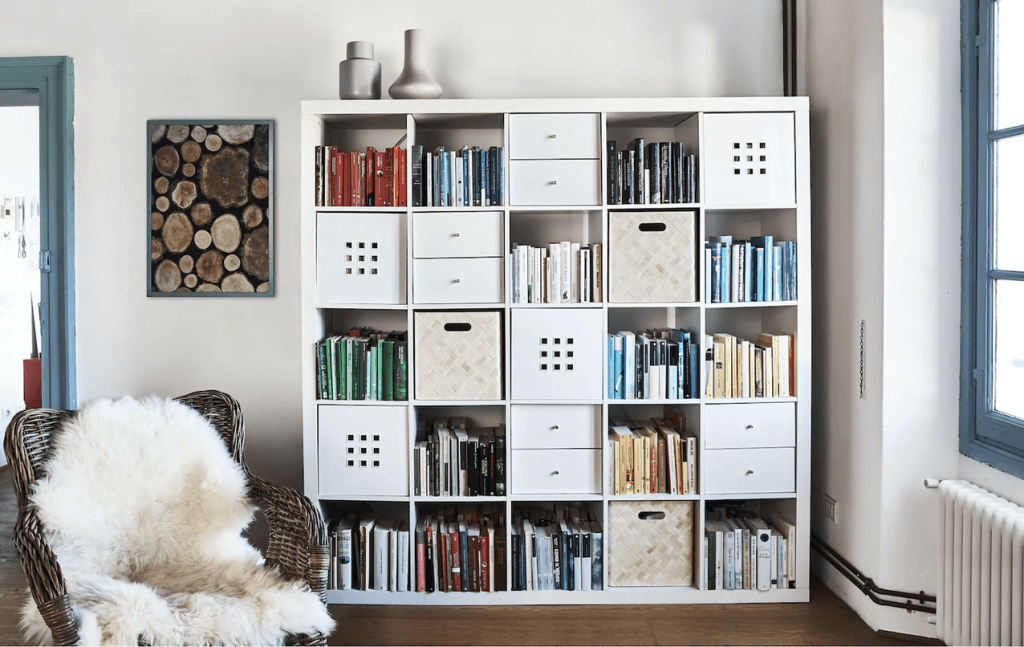
And that was just the beginning. With the basic structure complete, IKEA offers up a large selection of different inserts with various colors and functions to give customers the opportunity to make their new furniture even more valuable for them personally. To make the piece of IKEA furniture their own.
IKEA simultaneously increases both value and functionality by giving customers the ability to customize products to their specific needs. The successful act of putting that piece of furniture together makes the customer love IKEA as a brand even more.
The “digital IKEA effect” takes this concept one step further by applying the same principles to software and team productivity tools.
At Taskade, we found that teams who actively create and customize their own workflows are not only more invested in the success of these processes and their team, but ultimately get more value from our product as a result.
In Taskade, when teams actively customize their workflow templates, it creates compounding value. The more someone iterates on a process, the better it becomes, giving teams the ability to boost their productivity with each new version. That’s what makes the digital IKEA effect so powerful—increased engagement with the tool through customization makes it easier for your team to stay happy and productive.
The Act of Self-Assembly Boosts Team Productivity
- Encouraging your team to participate in the creation and customization of important workflows helps them feel more invested in a successful outcome.
- Customization increases the value of different processes organically because you can tailor them based on past performance data.
- More investment leads to active engagement and improved productivity.
The digital IKEA effect is rooted in the act of self-assembly—when people build and update their own workflows organically, those processes become inherently more valuable. Creating these reusable structures also helps teams better manage tasks, organize information, and save time. The value added through iteration not only leads to faster adoption of new protocols but also makes engagement with those protocols easier as well.
That’s why having your team participate in the creation of important company processes is so beneficial, especially when your company is remote. Whether they’re creating a checklist of weekly tasks or making changes to a project proof-of-concept template, each team member feels more invested in a successful outcome by simply participating in building those documents. This is core to the digital IKEA effect.

As your team grows, actively improving and polishing these workflows ensures that they’ll remain valuable even in the face of changing company objectives. Multiple perspectives from the team also lead to well-rounded and effective workflows across the board. This increases the ease of collaboration and makes it easier to work together as a team.
This is vitally important when you’re working on a distributed team because the physical isolation and lack of visibility of remote work can make it much more difficult for distributed teams to stay productive.
Finding ways to leverage self-assembly and active participation in every process helps offset confusion and decreased engagement with changing processes. Whether it’s defining how projects move through a pipeline, codifying customer communications, or standardizing meeting structures, remote teams need clear and visible processes to function.
Build Team Workflows Together Asynchronously or in Real-Time
- Team productivity increases when everyone understands the value of well-defined workflows.
- Perfect workflows don’t exist. Processes need to evolve over time to meet the changing needs and requirements of your team.
- Individual investment will decline as processes become outdated, leading to a lack of engagement and decreased productivity.
Creating well-defined and actionable workflows for your team is an iterative process. Increasing team productivity is only possible when everyone involved finds consistent value in the processes you create, even more so if you’re managing a distributed team. If every member of the team can customize a workflow, you can easily build more productive processes that are optimized to both individual employee and team requirements.
The digital IKEA effect tells us that it’s the actual work that goes into creating and customizing these workflows that increases the value of them.

Instead of having to justify the value of a new process, building and adapting it together means your team has already bought into the benefits. But not everything has to be so value-driven all the time. Outside of the effect on team investment and productivity, one of the most interesting aspects of IKEA’s brand is their dual focus on both minimalism and playfulness.
At its core, the IKEA KALLAX shelving unit is a functional piece of furniture—it has a clean design that makes it easy to use. But it’s also a minimalistic piece of furniture built for customization and personalization. Customers can purchase rattan baskets for extra computer cords, monochrome drawer inserts to hold pens and computer paper, or primary-colored doors to block off certain units. Each one of these increases the value of the shelves by personalizing for the customer’s needs.
That’s something we’ve tried to do with Taskade as well. We wanted to create a platform to help your team manage tasks and increase productivity—a platform that is both functional and fun to use.
When your team works together to refine the processes that drive productivity at your company, everyone involved can tap into their value. This kind of collaboration can be asynchronous or in real time, depending on the current needs of your team.
Encouraging open and visible customization through tools like Taskade helps you create a culture of experimentation that builds knowledge throughout the team. Updates to existing public templates are trackable, personal workflows can be shared with others, and important company information is available for everyone on the team.
When you’re working on a remote team, this visibility into individual workflows leads to an increase in accountability as well. Team members can easily see how their peers work best and come up with an ideal plan for working together.
It won’t come as a surprise that when you ask what makes up an “ideal workflow,” everyone on your team will have a slightly different opinion based on their past experiences. Finding ways to make creating and customizing personal workflows an active and fun experience will ensure that, when priorities change, important processes will change alongside them. Even the act of getting together and working through a problem in real time can level-up a process.
While there will still be checks and balances to make sure this customization doesn’t take away from the universality of any workflow, the digital IKEA effect helps ensure that these processes will be as frictionless as possible.
Unify Your Team with Customized Templates
- Building custom workflow templates helps your team collaborate more effectively.
- When you assess the usability of a workflow on an ongoing basis, it ensures that every process you create will continue to have value as your company evolves.
- Having the option for real time collaboration ensures that you’ll never waste time going back and forth on difficult issues.
Creating a custom workflow template in Taskade taps into the digital IKEA effect on both an individual and team level. Each team member can contribute to a database of existing templates, which are available either as one-off templates for individual use or for everyone on the team.
Having your team build a set of predefined templates also helps you set the foundation for a more collaborative environment. Seeing the underlying logic behind certain processes makes it easy for everyone to buy into the value of any template for the team.
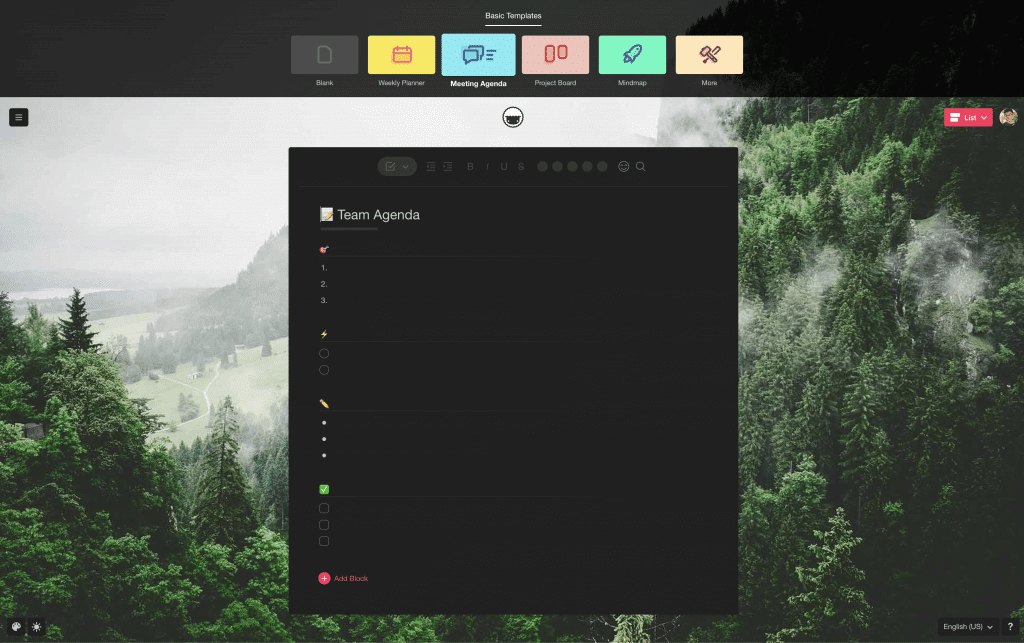
Customizing these templates ensures that workflows stay up-to-date and valuable for everyone. People can easily make a copy of the template for their personal use, play around with all the components, and tailor it to their own work style. Respecting each individual’s unique work style fosters a culture that works more productively across the board.
This level of respect is paramount when working on a remote team. Visible workflows help both managers and individual contributors track their projects more effectively and gain context for where their focus needs to shift when issues occur. Everyone will actively document conversations in the right place, share information openly and honestly with their peers, and work together to define exactly what makes up a productive workflow for the team.
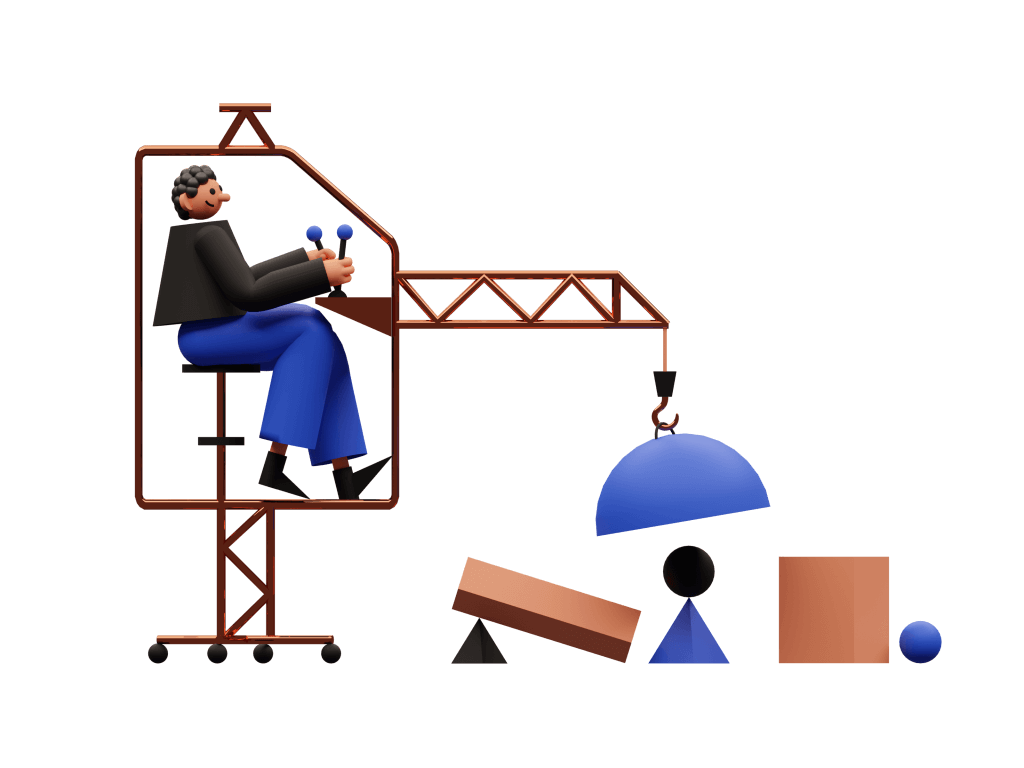
Build It Together and Get Things Done
Leveraging the digital IKEA effect to encourage self-assembly of workflows and templates keeps your team focused on a unified goal. The team culture becomes more productive, collaboration happens more often, and processes can scale alongside your company’s growth.
This makes it easier for you to achieve your company goals while at the same time boosting engagement with important processes across your team.
At Taskade, we believe that this process should feel natural and happen frictionlessly. Our tool is built to facilitate workflow creation in a way that’s fun and easy to build—maintaining team productivity doesn’t have to be a labyrinthian task built on confusing and bloated tools.
As your team buys into the idea of customizing their workflows to their own personal needs as well as the needs of the team, you gain the ability to move faster without losing sight of the day-to-day processes that drive your company forward.
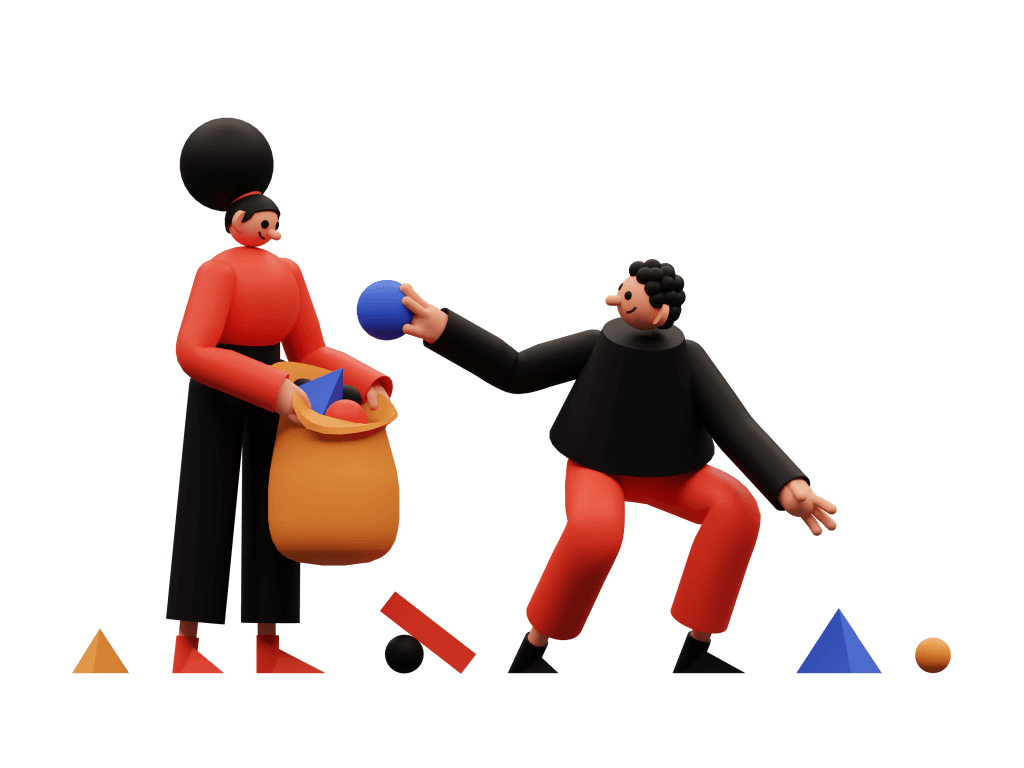


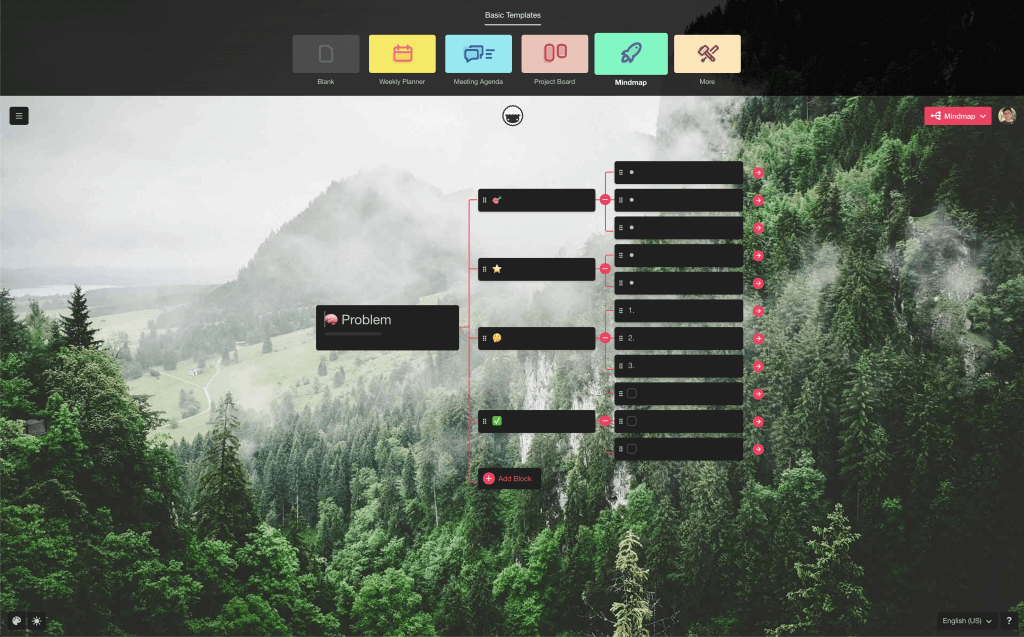
 14 Best AI Tools for Planning and Running Meetings
14 Best AI Tools for Planning and Running Meetings 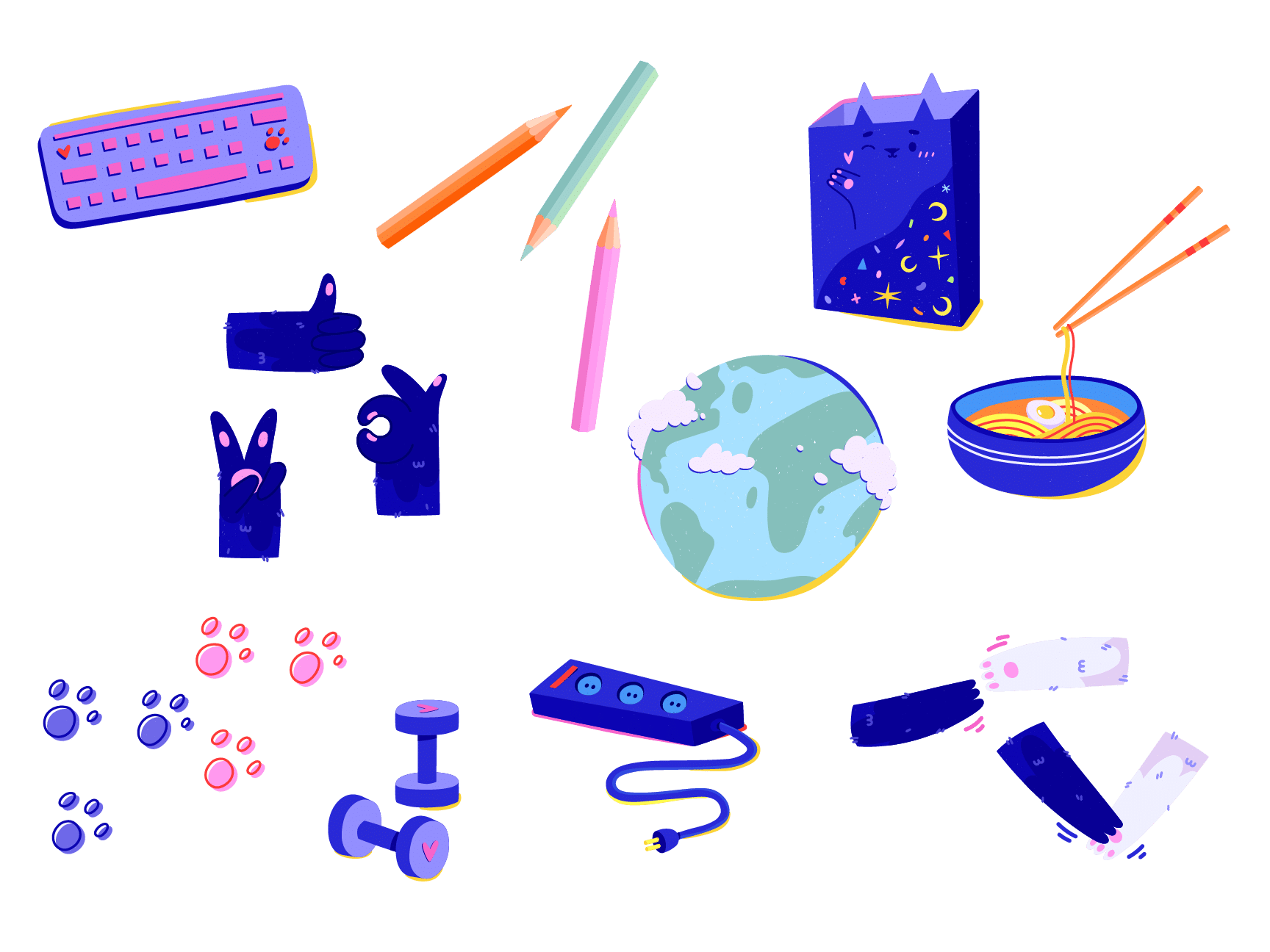 Creating Customer Service SOPs: A Guide for Streamlining Your Support
Creating Customer Service SOPs: A Guide for Streamlining Your Support 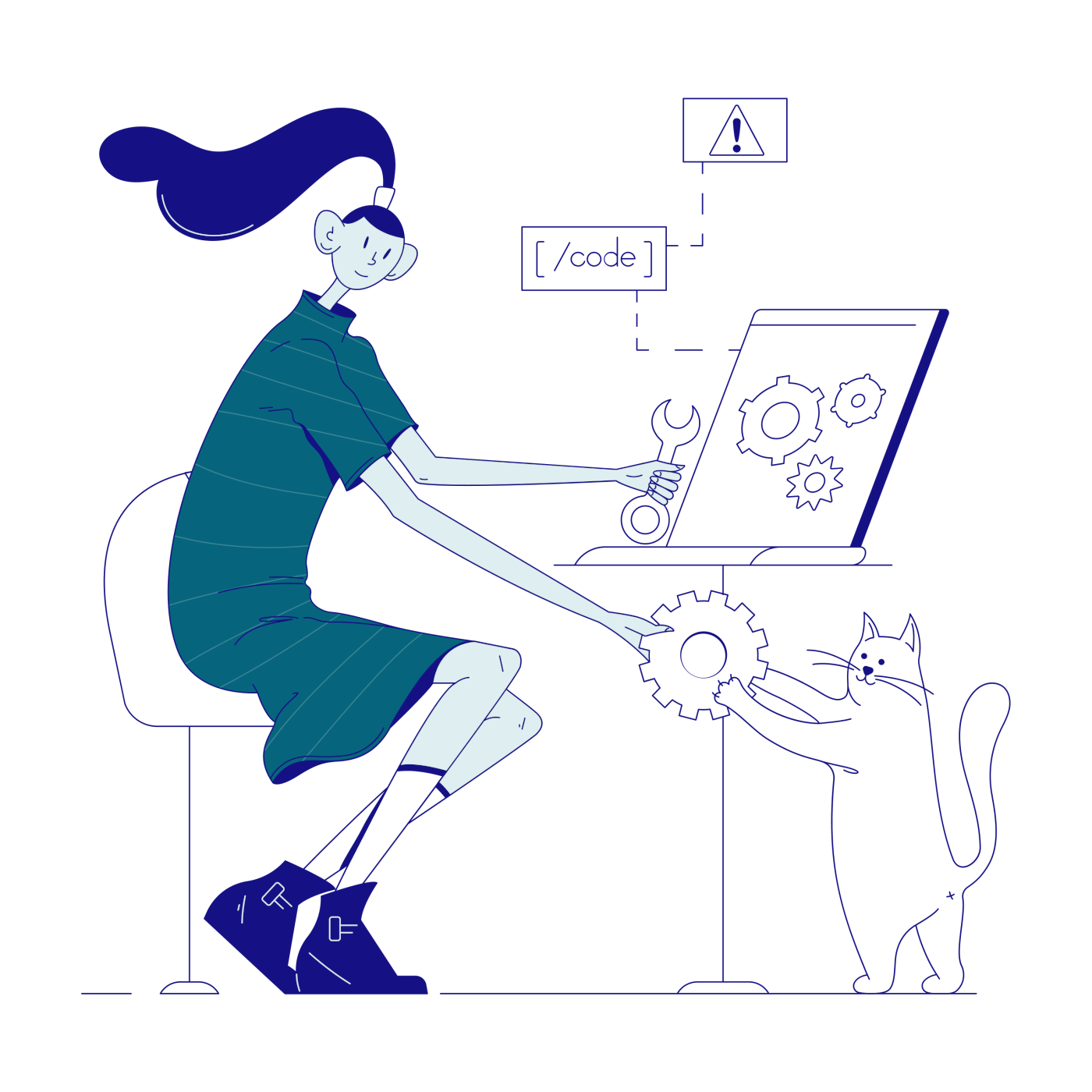 15 Top AI Content Marketing Tools for Remote Teams
15 Top AI Content Marketing Tools for Remote Teams 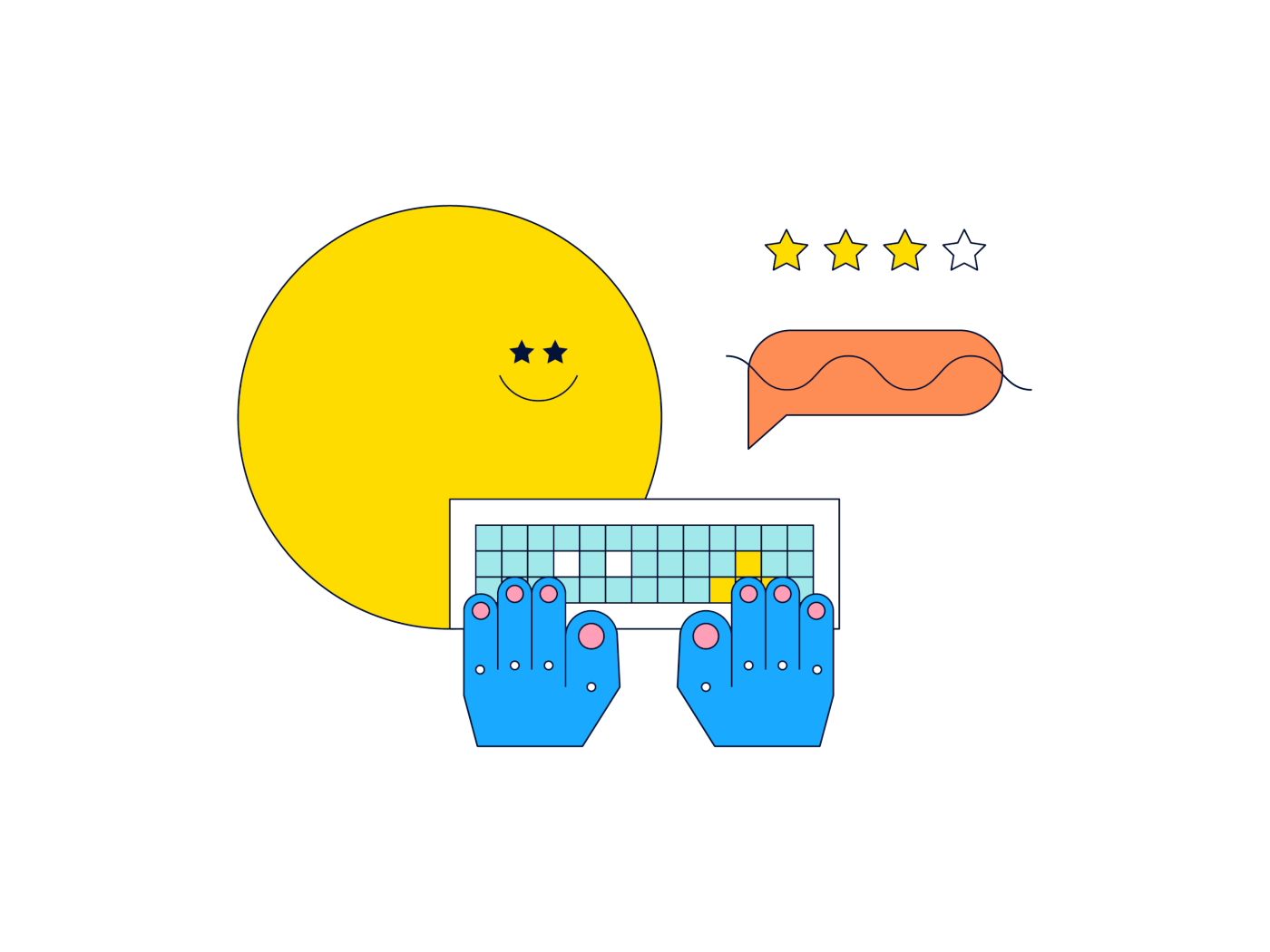 9 Top AI Brainstorming Tools for Virtual Teams in 2024
9 Top AI Brainstorming Tools for Virtual Teams in 2024  14 Best AI Collaboration Tools for Remote Teams (Updated 2024)
14 Best AI Collaboration Tools for Remote Teams (Updated 2024) 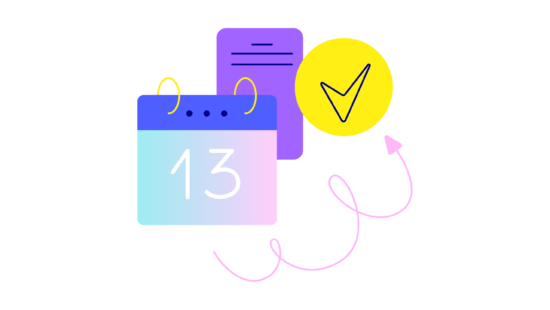 What Are SOPs? Building Effective SOPs With AI in 2024
What Are SOPs? Building Effective SOPs With AI in 2024